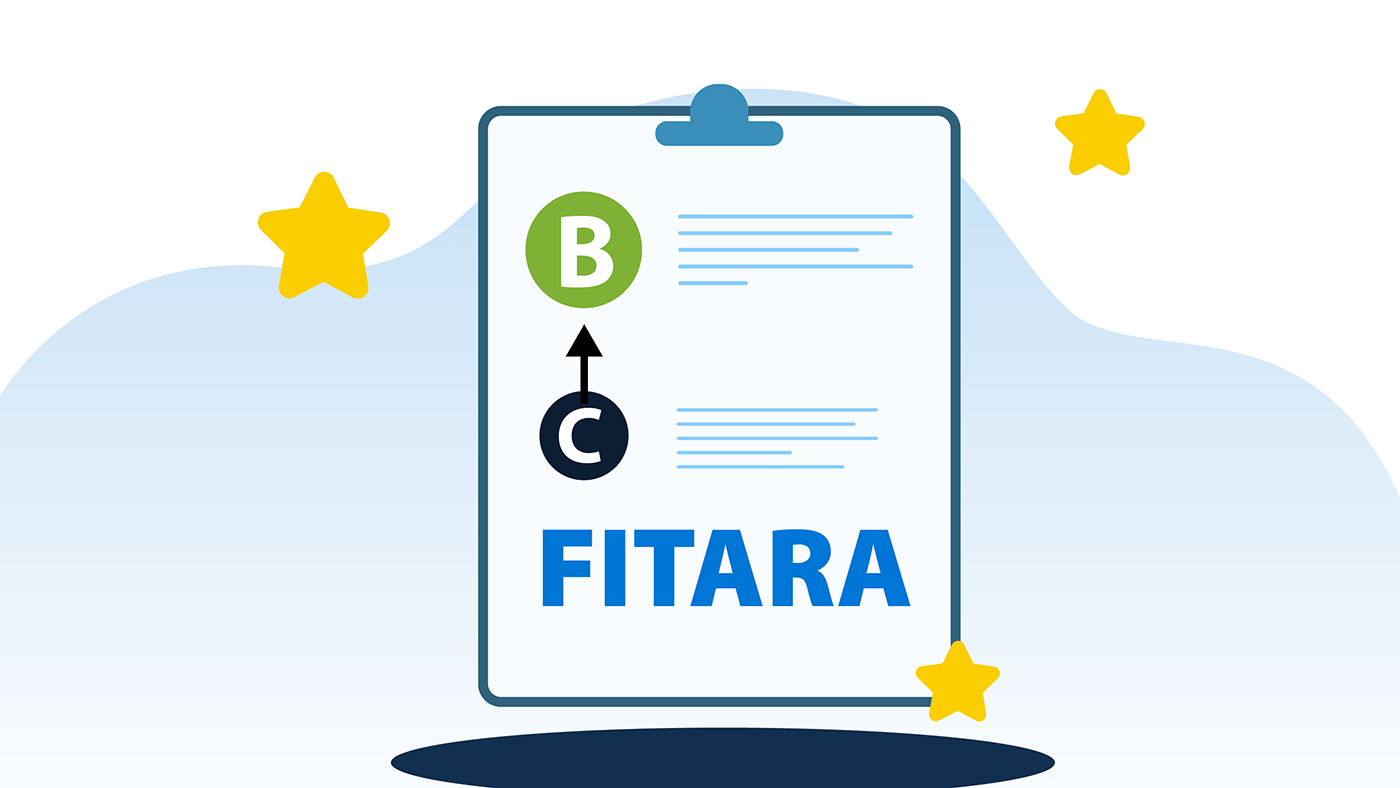Appears In
In a crisis, seconds matter. Finding or remembering an eleven-digit number makes reaching out for help difficult, as has been the case since the implementation of the Veteran’s Crisis Line. But that has changed this year, thanks to the partnership between the 988 National Suicide Prevention Lifeline and Veteran’s Crisis Line.
On average, over 17 Veterans die by suicide each day, with many more regularly struggling with suicidal ideation. Since 2019, VA’s emphasized efforts on mental health care, particularly for women and minorities, have helped increase the survival rate of struggling Veterans by over seven percent. Unfortunately, Veteran mental health issues rarely have a simple solution. But in this case, easier access to crisis intervention has been made possible with an IT solution: integrating the new national 988 number — “the 911 of mental health” — with VA’s crisis line.
Part of this work comes from the National Suicide Hotline Designation Act of 2020, requiring U.S. telephone service providers to ensure access to the National Suicide Prevention Lifeline through 988. VA’s Office of Information and Technology (OIT) worked with the National Suicide Prevention Lifeline to merge the Veterans Crisis Line and provide broader ongoing support for our Veterans. As a result, as of July 2022, Veterans can now dial 988, then press 1, on any phone to access emergency mental healthcare nationwide.
Why 988?
The demand for crisis-care services for our nation’s 18 million-plus Veterans is rapidly rising for this high-risk population. Studies prove that suicidal ideation and action sharply decline after a call-in to the Veterans Crisis Line. Callers are more than five times more likely to have less distress and less thoughts of suicide at the end of the call than at the beginning. They are also 91 percent less likely to have suicidal urgency at the end of the call than at the beginning. These numbers demonstrate the essential life-saving power of this technology. The numbers 9-8-8 are far easier to remember and dial than an eleven-digit 1-800 number, and with this change, VA’s mental health line is more accessible than ever to those in crisis.
Making the Change Possible
OIT needed to take stock of the telephony networks to lay the groundwork for adequate redundancies to be in place to create multiple access points for care and plan for backup solutions in the face of potential short or long-term network failures.
OIT also needed to update network security to accommodate nationwide coverage and pass Federal Information Security Modernization Act (FISMA) and Federal Risk and Authorization Management Program (FedRAMP) requirements.
The network also needed a re-branding to share consistent messaging to communicate the initiative to Veterans.
All these moving parts worked together as VA implemented 988 so that the Veterans Crisis Line and its systems could function at capacity during the transition. Thanks to OIT staff’s tireless behind-the-scenes work, the infrastructure could support the increased call volume from this change. Through the end of FY22, VA anticipated average use to grow by roughly 15 percent. By the end of FY23, VA anticipates up to a 40 percent increase in volume. Additionally, because of the changes implemented to support 988, the number of Veterans waiting on the backup line for support for longer than four minutes has been reduced by 75 percent in one year. Now, 75 percent fewer callers are waiting long enough to be bumped over to the backup call center because they are directly connected to a mental health professional even faster.
Continued and Future Improvements
VA continues to be committed to upholding and improving the services that the 988 initiative provides.
The U.S. Department of Health and Human Services (HHS), Substance Abuse and Mental Health Services Administration (SAMSHA), and VA hold joint Federal Partners Meetings and Vendor Meetings to coordinate this effort.
The next step in full integration with the Veterans Crisis Line is enabling a text-to-988 feature, which will allow a Veteran to text “Vet” (or a similar short text) to 988 and have the connection routed to the Veterans Crisis Line. Evolving the national texting infrastructure is complex. However, OIT and the Veterans Crisis Line committed the resources to stand up, maintain, and integrate the new solution. VA’s teams will continue to collaborate with national organizations, vendors, and subcontractors to keep improving VA’s products and solutions.
OIT has also created a backup call center, also called the Veterans Crisis Line Backup Routing of All Inbound Numbers (VCL BRAIN). The Veterans Crisis Line BRAIN ensures Veteran safety whenever they dial 988 by keeping them on the line even when all representatives are busy, to reassure them of pending care and make sure they don’t lose connection in a time of crisis. Veterans Crisis Line BRAIN was created by the joint efforts of seven teams across OIT, including the Veterans Crisis Line and Veterans Health Association. Overall, the initial iteration of Veterans Crisis Line BRAIN was created, approved, and launched in less than one month—a feat that typically takes between six to twelve months. It was successfully handed off in early August. Veterans Crisis Line BRAIN can function even if the VPN is down, and routing can be switched to and from this backup line in seconds. Agents have found this backup system to be so effective, they are requesting to use it over the regular system.
In recent months, the Veterans Crisis Line experienced record-high call volumes. At the same time, the backup call center saw a decrease in call abandonment rates by 17 percent this year. Caller abandonment happens when a caller feels the wait is too long and hangs up. Fewer callers are abandoning the phone call and waiting to speak with a health care professional because of this backup system.
Seconds do matter during a time of mental crisis… In collaboration with our partners, we’re continually working to decrease the time it takes for Veterans to access intervention when they need it most.
In addition to dialing 988, Veterans can still call 1-800-273-8255 and Press 1, chat at VeteransCrisisLine.net/Chat, and text 838255 to reach responders. For additional information, visit the Veterans Crisis Line website.
Topics in this story
In this article






